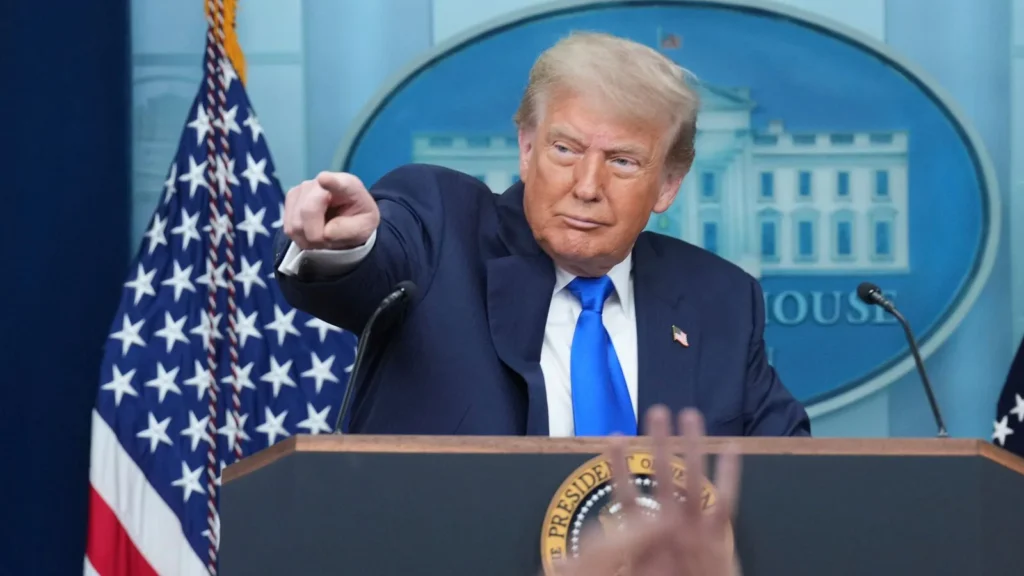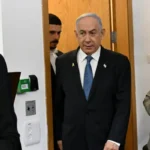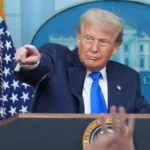
Trump Puts Deadline on Global Talks
President Trump has made it clear: the 90-day suspension on tariffs will not be extended past July 9. The pause, put in place to buy time for trade negotiations with nearly 200 nations, formally ends then, unless fresh deals are struck. “Letters will start going out ‘pretty soon,’” Trump told Fox News, explaining that countries deemed “good” may receive lighter tariffs, while “not so good” nations will face heavier duties.
Warning Letters to Arrive Soon
In the lead-up to the deadline, the U.S. Administration is preparing official notices to trade partners, signalling potential tariff hikes of 10%, 25%, 35%, or even 50%. Trump emphasized that some nations “we don’t care” about, and will simply be slapped with high tariffs. He insisted the deadline is firm unless countries finalize deals with America.
90 Deals in 90 Days: Ambitious Goal Stalls
Trump’s promise to complete 90 trade agreements in 90 days is faltering. Treasury Secretary Scott Bessent admitted that this ambitious target won’t be met by July 9, potentially stretching into September. So far, only agreements with the UK and China, for rare-earth elements, have been secured.
Markets Eye the Fallout
Global markets reacted positively to the tariff delay, but the looming deadline now introduces fresh uncertainty. U.S. stock futures climbed following record highs, even as investors brace for quicker capital shifts if tariffs are enforced. The proposed bifurcated deadline, July 9 for most countries and late July for Canada, adds further complexity.
Canada, EU, and China at a Crossroads
Trade talks with Canada have resumed after its government dropped a controversial digital services tax, pushing the negotiation window beyond the July 9 target to potentially July 21, with hopes of wrapping by September 1. Meanwhile, the EU remains on alert; after initially delaying a 50% tariff, Trump now signals the clock is ticking. With Canada’s fate possibly leading the way, other global partners are watching closely.
Limited But Notable Success with China
The Trump team clinched a deal allowing expedited U.S. imports of Chinese rare-earth elements, marking one of the only formal agreements to date. Whether this signals a broader détente remains uncertain. Trump reiterated that China will continue to face tariffs until a “fairer relationship” is established.
“Trump Always Chickens Out” Narrative Looms
Critics have labelled this tariff strategy as part of the so‑called TACO (Trump Always Chickens Out) cycle, bold threats followed by last-moment delays. Analysts argue this pattern may reassure markets, but extend trade anxiety and undermine credibility.
Broader Economic and Geopolitical Ripples
China’s June factory activity improved slightly, credited in part to the tariff delay, though it remained marginally below contraction. In Europe and Asia, manufacturing continues to lag. A resurgence of tariffs could disrupt supply chains, reignite global trade tensions, and slow the recent momentum seen in U.S. equities.
What Happens After July 9?
If no deals are inked, countries may start paying increased tariffs across the board, potentially triggering retaliation. However, the administration sounded open to selectively extending deals for nations negotiating in good faith, like Canada, indicating a possible mixed outcome: some tariffs hit, others delayed.
Final Take
President Trump’s firm July 9 deadline brings clarity, but not certainty, to global trade dynamics. While promising enough to calm markets for now, unanswered questions remain about whether new deals will arrive in time. Economies and industries worldwide may soon feel the impact, either by strengthened trade ties or renewed barriers.




































Leave a Reply